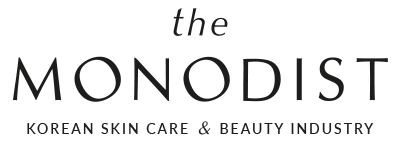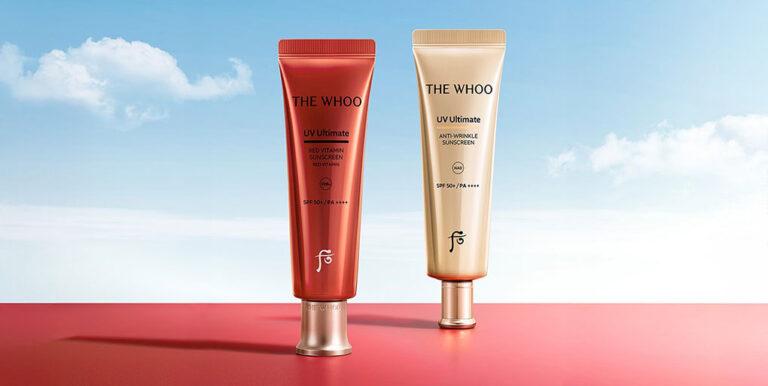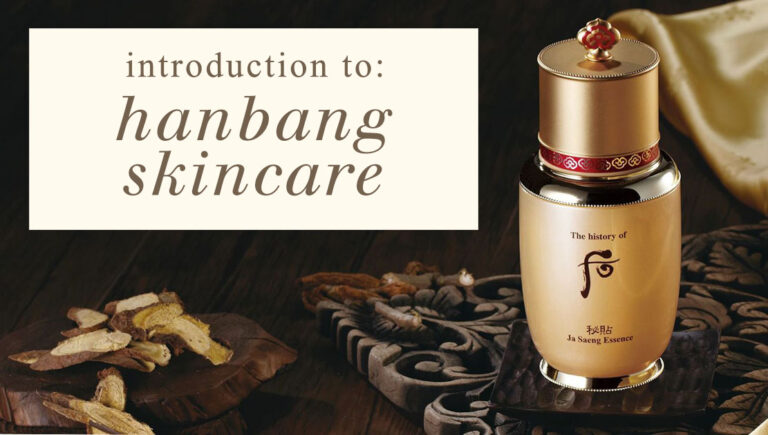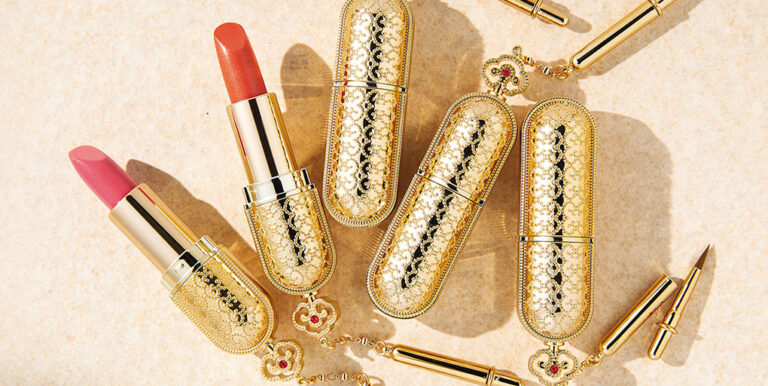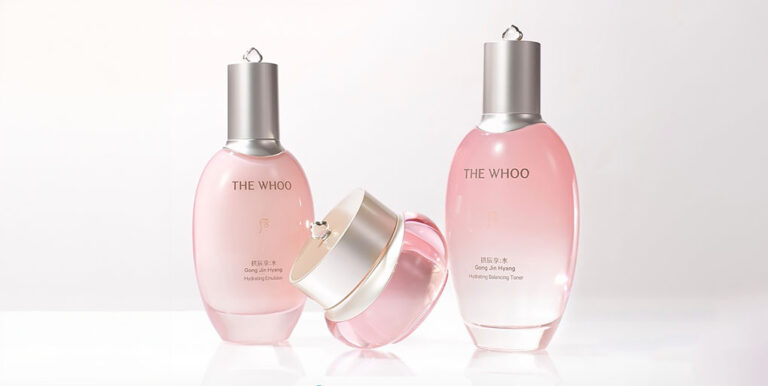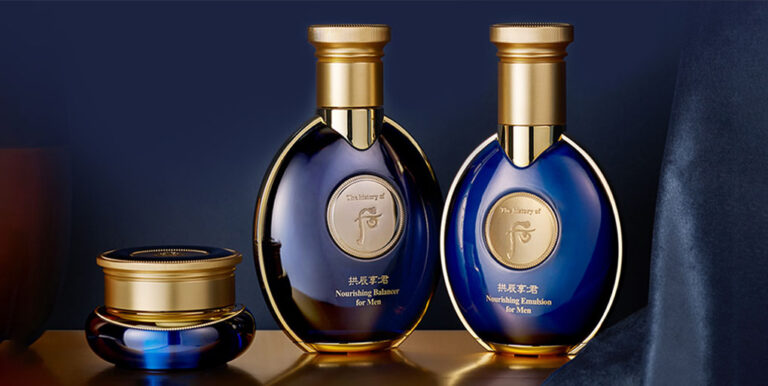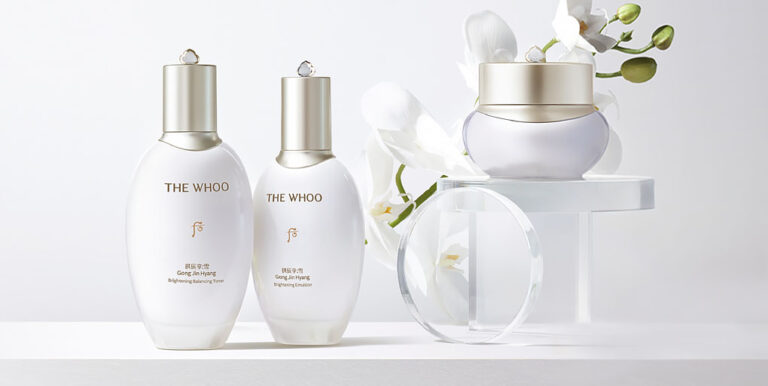The History of Whoo
Cheongidan Gun line
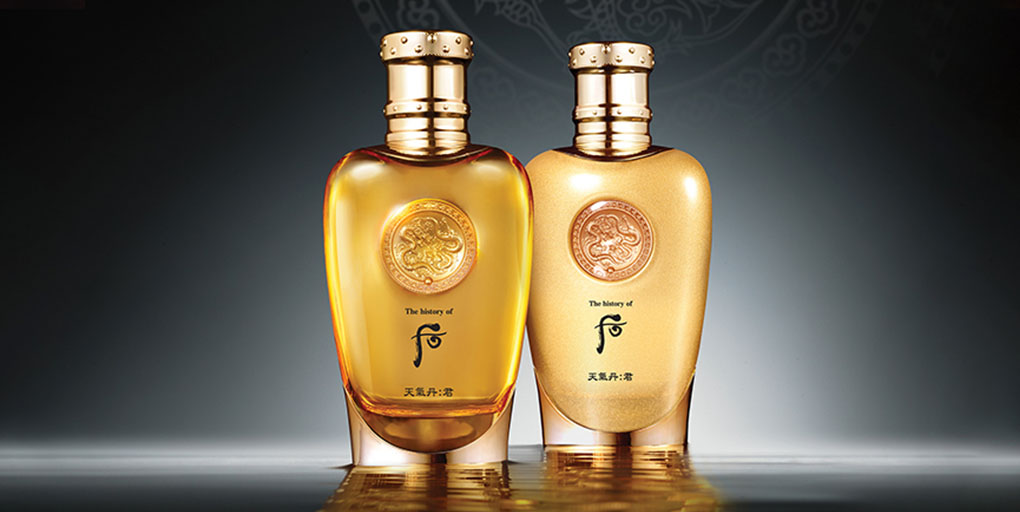
The History of Whoo’s “Cheongidan Gun” (천기단:군) is a premium anti-aging skincare line designed to reinvigorate and rejuvenate men’s skin. The design of the bottles in the range is inspired by Gollyongpo (곤룡포), the dragon robe worn by Kings during the Joseon Dynasty.
Disclaimer: I personally translated the majority of facts and contents in this article from original Korean sources, so I kindly ask you to credit my work if you’re planning to use any of the information included in this guide.
Many concepts mentioned in this guide are based on Oriental Medicine principles, for a better understanding please refer to the introduction to Traditional Korean Medicine on this website. It’s important to stress out that there is no correspondence between Oriental Medicine organs and Western anatomy so capitalised names in this article shouldn’t be interpreted in the Western medical sense.
⬥ Recommended for:
Main Ingredients
The History of Whoo’s “Cheongidan Gun” is an anti-aging skincare line designed to revitalise and strengthen men’s skin, while effectively addressing the visible signs of aging.
In Oriental Medicine, the aging process is viewed as a result of the gradual depletion of Essence (정 “Jeong” in Korean, 精 “Jing” in Chinese). According to this theory, individuals possess two types of essence: congenital essence, which is a fixed amount inherited at birth from one’s parents, and acquired essence, which is derived from food and beverages consumed throughout life. Both forms of essence are stored in the Kidney and serve as the energetic foundation for growth, development, and all vital activities.


As a person grows old, they gradually exhaust their available essence, a process that ultimately culminates in death. Essence and Qi (vital energy) have an interdependent Yin and Yang relationship. Essence serves as the material foundation of existence, continuously transformed to release Qi, while Qi, in turn, plays a crucial role in transforming food to nourish Essence.

In particular, it is believed that the depletion of Essence, and consequently Qi, occurs through predictable periodic cycles known as “life cycles.” Each cycle is marked by distinct physiological changes and patterns. The characteristics of these life cycles are outlined in the first chapter of the Hwangjenaegyeongsomun, or “The Yellow Emperor’s Classic of Internal Medicine,” which is a foundational text of Oriental Medicine.
For women, there are seven life stages, with each cycle lasting seven years. In contrast, men experience eight life cycles, each spanning eight years. The body is deemed to be in its optimal state upon reaching the Fourth Cycle (28 years for women and 32 years for men). From the Fifth Cycle onwards (35 years for women and 40 years for men), the body begins to gradually decline and show signs of aging.

The History of Whoo’s “Cheongidan Gun” line is an anti-aging skincare line inspired by this theory. Its goal is to restore the natural balance of Qi and Essence, thereby slowing the aging process.
All products in the “Cheongidan Gun” line contain the premium ingredient Natural Cheonjong Wild Ginseng and Samyangchibeob (삼양치법, 三陽治法), a blend of 3 precious herbal ingredients that help replenish Yang Qi and, in turn, reinvigorate men’s skin.
In Oriental Medicine, Yang represents the energy that is responsible for warming and activating bodily functions. Symptoms of Yang deficiency include excess cold, pale complexion, sweating, oedema and generalised weakness.
Samyangchibeob is composed of: Deer Antlers, Lingzhi and Cordyceps Millitaris.
⬥ Natural Cheonjong Wild Ginseng (천종산삼, 天種山蔘)
Panax Ginseng, often referred to as “Shincho” (신초, 神草) or “God’s Herb,” is one of the most valuable Hanbang herbs. In the context of Oriental Medicine, it is frequently used to replenish Qi (“tonify Qi”) across the Five Organs (오장, 五臟)7.
There are significant differences between Wild Ginseng (Panax Ginseng Meyer cv. Silvatica) and Cultivated Ginseng, particularly regarding market value, physical characteristics, and overall properties. Research indicates that Wild Ginseng contains at least ten times the amount of active compounds found in Cultivated Ginseng1. This greater potency, combined with its natural scarcity and limited availability, makes Wild Ginseng one of the most valued herbal remedies in Oriental medicine.
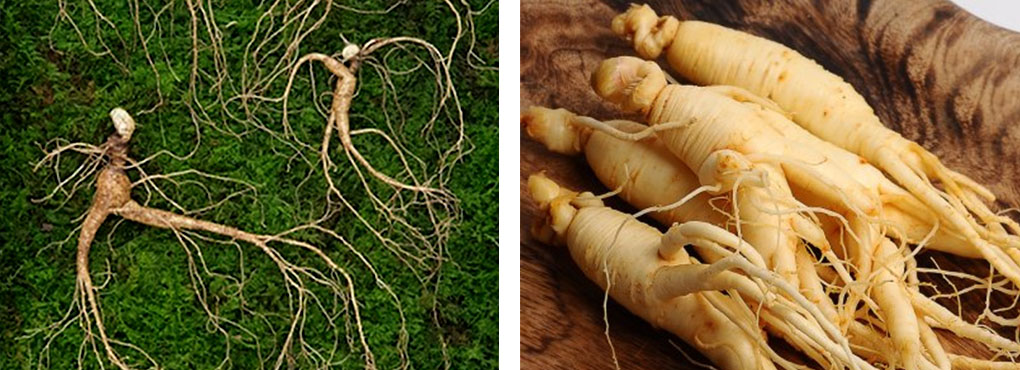
Different morphological characteristics of Wild Ginseng (sx) and Cultivated Ginseng (dx). (source: YTN)
Due to the natural scarcity of the plant, many Wild Ginseng plants found on the market are produced through human intervention. This variety, known as “Wild-Simulated Ginseng,” is created by planting ginseng seeds in environments that closely resemble the natural habitats of Wild Ginseng, and subsequently allowing the plants to develop as naturally as possible.
Wild-Simulated Ginseng is recognised for having a higher concentration of active ingredients than Cultivated Ginseng, though not as much as authentic Wild Ginseng, which contributes to its relatively more accessible market price2.
“Natural Cheonjong Wild Ginseng” refers to the most precious variety of Wild Ginseng: plants that grow without any human intervention in an optimal natural environment for at least 5 generations3.

In Oriental Medicine, “Daodi” is a term that indicates medicinal herbs with the highest pharmacological properties, grown in specific geographical areas with specific natural conditions and being harvested and processed following specific standards. “Natural Cheonjong Wild Ginseng” describes Korean Wild Ginseng grown in a Daodi region for at least 5 generations.
In particular, the Ginseng used in the “Cheongidan Gun” line is a 35 year old root that grows in the steep valleys of Gangwon-do, a Korean province renowned for its high mountains.
Very limited amounts of “Natural Cheonjong Wild Ginseng” can only be collected once a year from May to September, the time of the year when nature is at its peak, making the ingredient even more rare. Among all varieties of Panax Ginseng, “Natural Cheonjong Wild Ginseng” is the one with the highest concentration of active principles and the best medicinal efficacy4.
⬥ Lingzhi (영지, 靈芝)
Lingzhi, also known as “Mushroom of Immortality”, is a woody mushroom highly regarded in Oriental Medicine. The mushroom is traditionally used to replenish Qi (vital energy) and nourish Blood, meaning it improves circulation and delivery of nutrients across the body.
⬥ Cordyceps Militaris (동충하초, 冬蟲夏草)
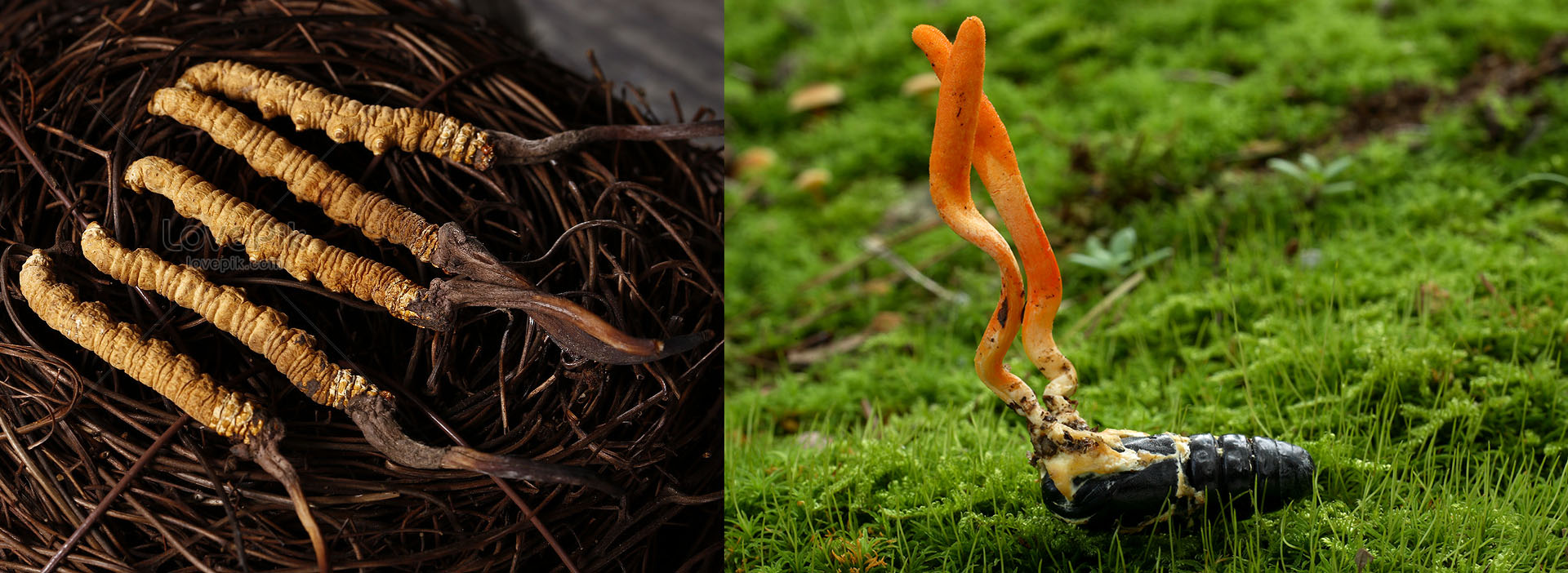
Cordyceps Militaris is a parasitic fungus used in Oriental Medicine for its wide range of pharmacological effects, including: anti-tumoral, immunomodulatory, anti-inflammatory and reinvigorating properties. Much like Wild Ginseng, it’s a naturally scarce ingredient, which lead it to become the world’s most expensive fungus, with prices going up even to $140,000 per kg5. It is said that numerous Chinese leaders, from ancient emperor Qin Shi Huang to Yang Guifei enjoyed the miracles properties of this mushroom6.

Products
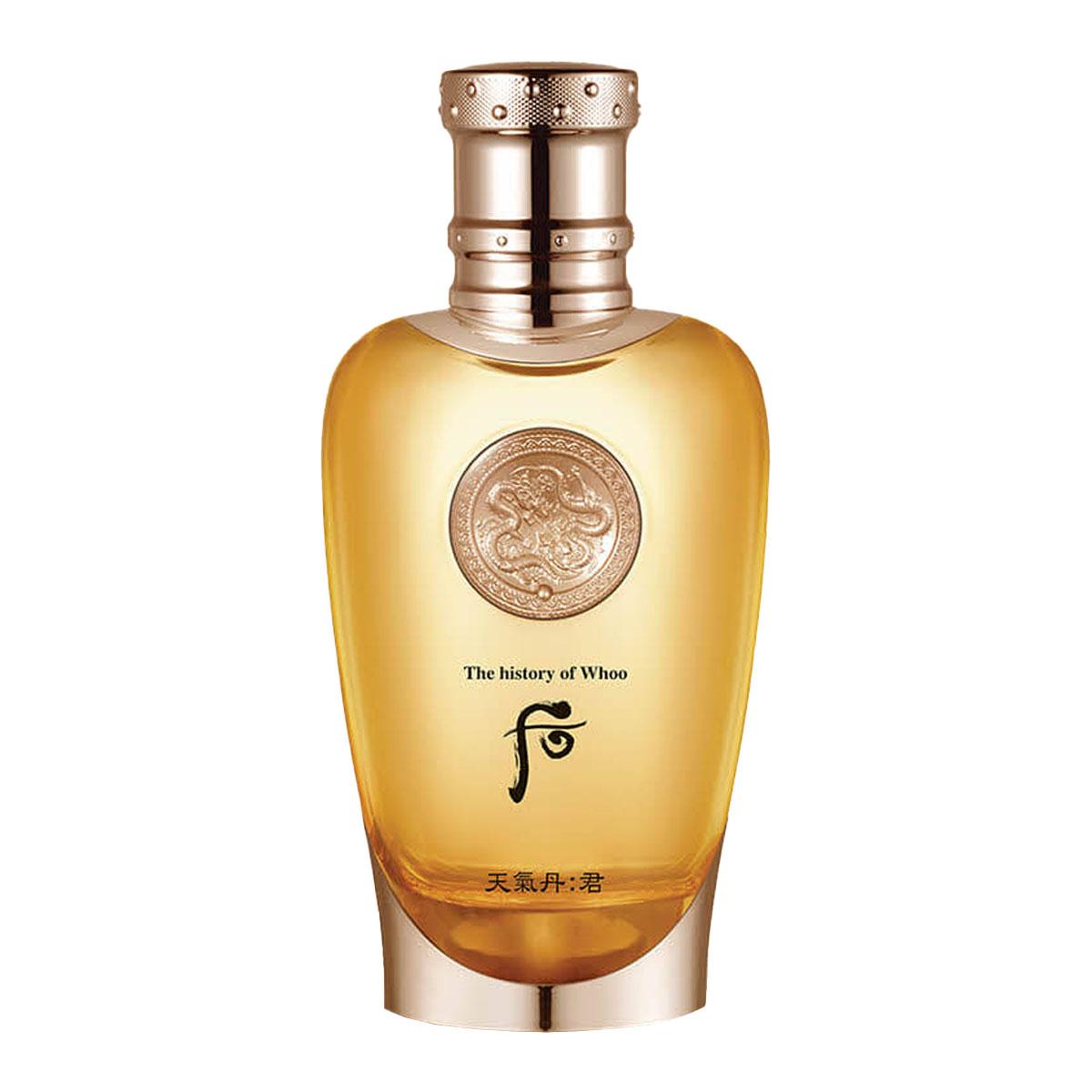
Cheongidan Gun Hwa Yang Skin
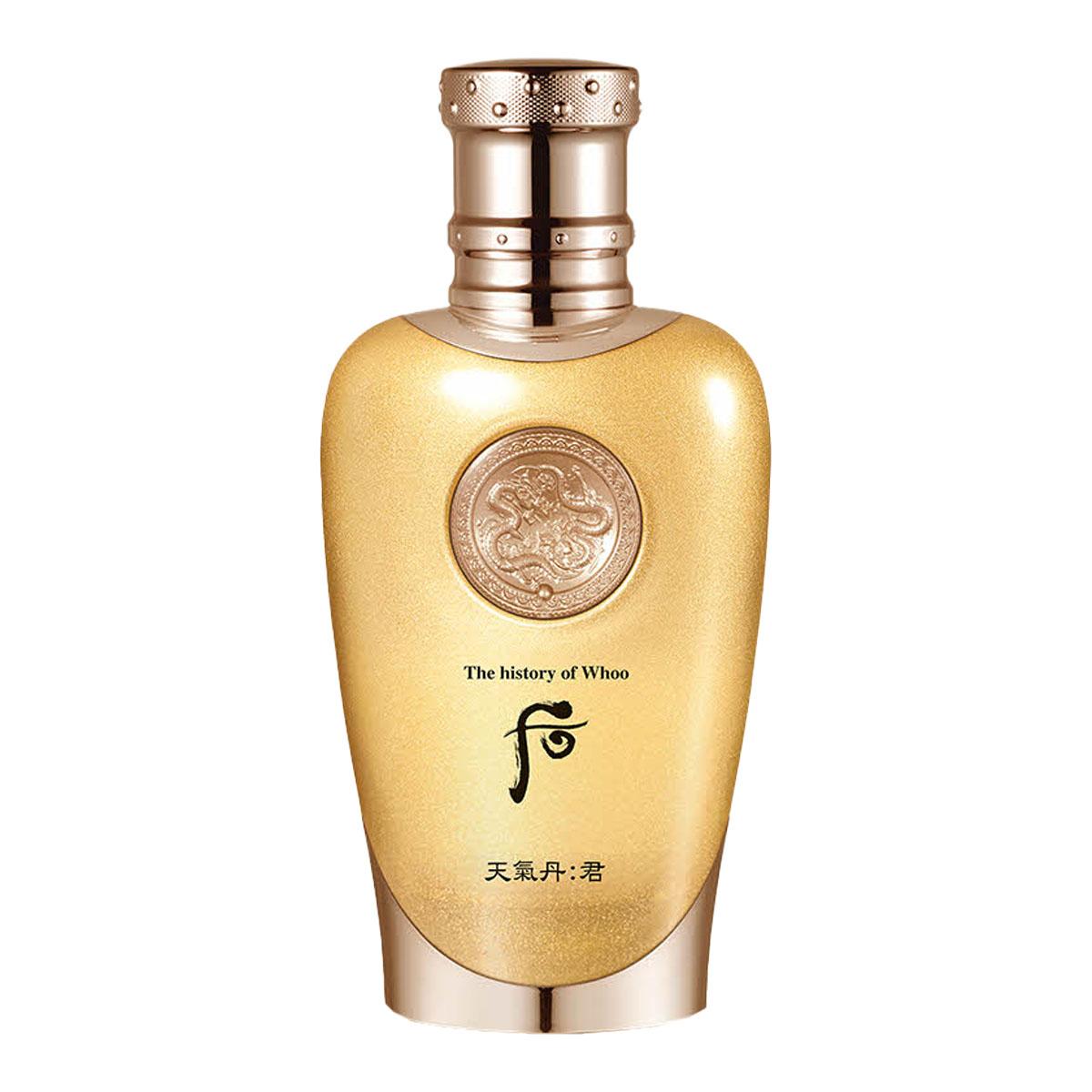
Cheongidan Gun Hwa Yang Lotion
⬥ Recommended order of use

Shop the Line
⬥ International retailers
⬥ South Korean retailers
Make sure to check out the Discount & Coupons page to access exclusive offers for major Korean skincare retailers.

Notes
1. Jeong H. (2009) 인삼ㆍ산양삼ㆍ자연산 산삼의 ginsenoside 함량 분석 및 홍삼화 후 성분변화 비교. 상지대학교 학술정보원.
2. 대한민국 산림청. (2020). 임업 및 산촌 진흥촉진에 관한 법률, 제2조
3. 이명동. (2006). “산삼의 종류와 복용법.”
4. 경남일보. (2018). “[농업이야기]천종산삼(天種山蔘)장영호(경남도농업기술원 약용자원연구소장).” 경남일보
5. Hou, David Anderson, Chia-Yi. (2021). “The World’s Most Valuable Parasite, Caterpillar Fungus, Can Cost up to $63,000 per Pound.” Business Insider.
6. KBS World. (2019). “BIOARA Dreams of Becoming the World’s Leading Cordyceps Provider.”
7. Dharmananda, Subhuti. (2002). “The Nature of Ginseng.” Herbalgram (Number 54), the Journal of the American Botanical Council.
